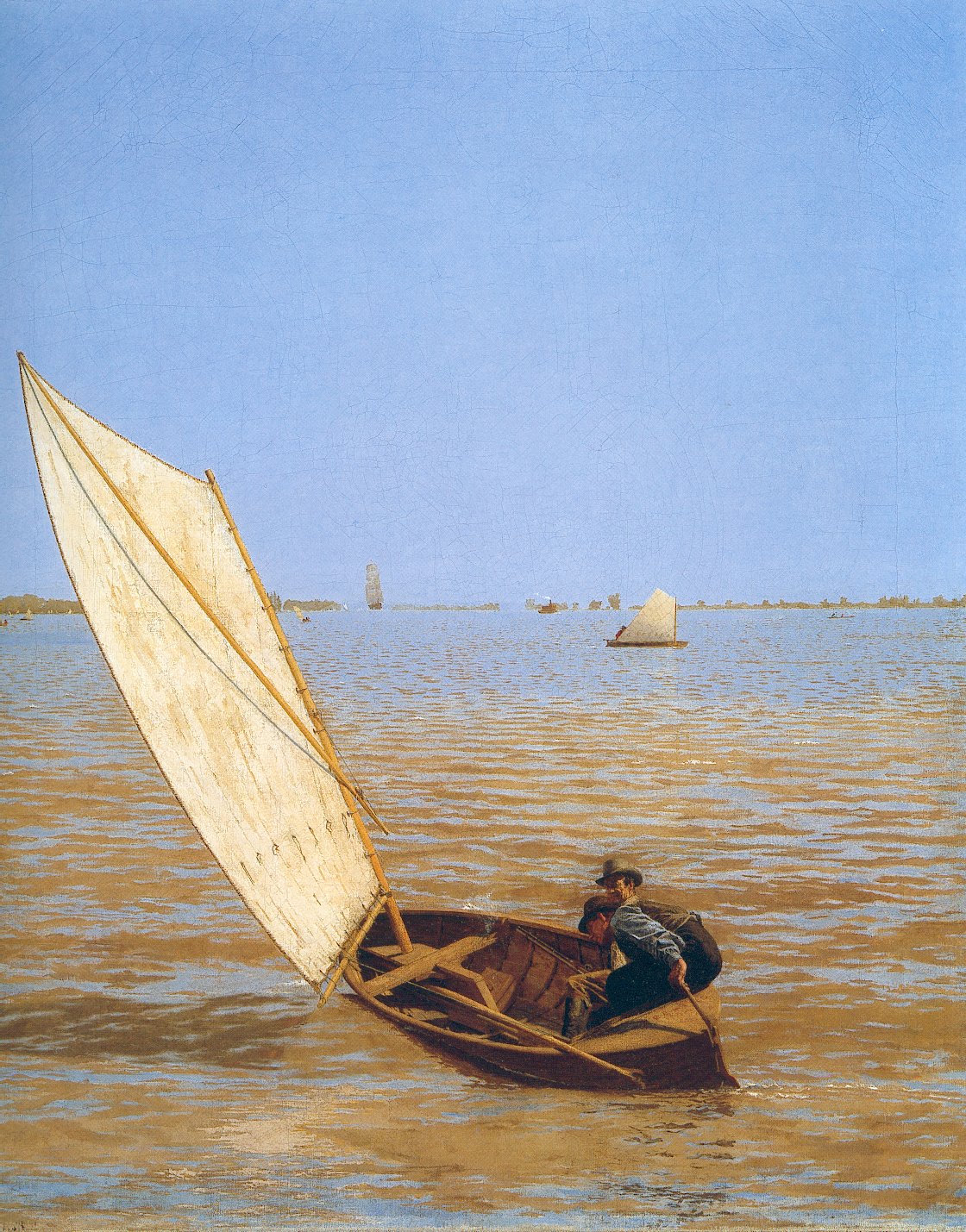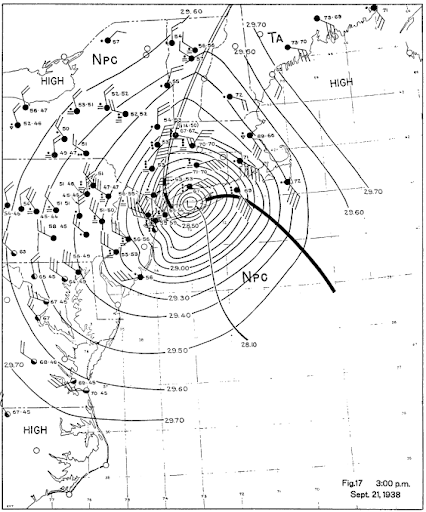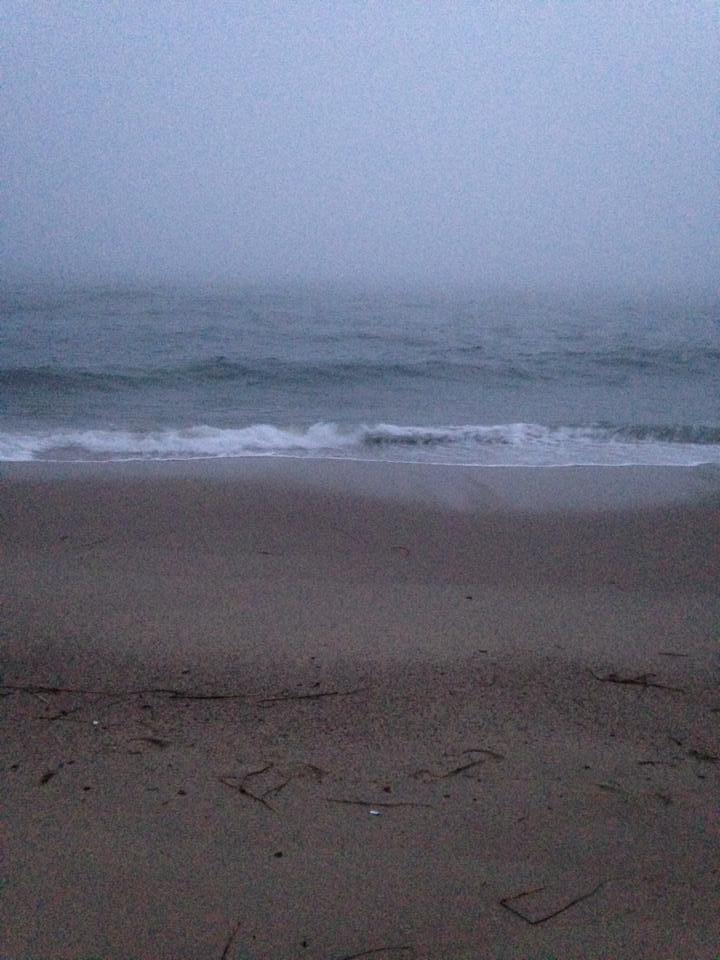|
Ground Swell
''Ground Swell'' is a 1939 painting by American artist Edward Hopper which depicts five people on a heeling catboat in a light swell, looking at an ominous buoy. It was in the collection of the Corcoran Gallery of Art from 1943 until it was purchased by the National Gallery of Art in Washington, D.C. in 2014. Several preparatory studies are held by the Whitney Museum of American Art in New York City. Description The painting depicts a group of young people in a boat caught in the titular ocean swell. The bright sunlit exhibits Hopper's enthusiasm for the sea, which can also be found in his other nautical paintings and seascapes – most notably his paintings of New England lighthouses such as ''Lighthouse Hill'' (1927) and ''The Long Leg'' (1930). However, a sense of isolation pervades all of these paintings. In ''Ground Swell'' specifically, the loneliness of the boat and the rather ominous presence of a buoy signify themes of impending doom. National Gallery of Art cura ... [...More Info...] [...Related Items...] OR: [Wikipedia] [Google] [Baidu] |
Edward Hopper
Edward Hopper (July 22, 1882 – May 15, 1967) was an American realist painter and printmaker. While he is widely known for his oil paintings, he was equally proficient as a watercolorist and printmaker in etching. Hopper created subdued drama out of commonplace subjects 'layered with a poetic meaning', inviting narrative interpretations. He was praised for "complete verity" in the America he portrayed. His career benefited significantly from his marriage to fellow-artist Josephine Nivison, who contributed much to his work, both as a life-model and as a creative partner. Biography Early life Hopper was born in 1882 in Nyack, New York, a yacht-building center on the Hudson River north of New York City. He was one of two children of a comfortably well-off family. His parents, of mostly Dutch ancestry, were Elizabeth Griffiths Smith and Garret Henry Hopper, a dry-goods merchant.Levin, Gail, ''Edward Hopper: An Intimate Biography'', Alfred A. Knopf, New York, 1995, p.11, ... [...More Info...] [...Related Items...] OR: [Wikipedia] [Google] [Baidu] |
1938 New England Hurricane
The 1938 New England Hurricane (also referred to as the Great New England Hurricane and the Long Island Express Hurricane) was one of the deadliest and most destructive tropical cyclones to strike Long Island, New York, and New England. The storm formed near the coast of Africa on September 9, becoming a Category 5 hurricane on the Saffir–Simpson hurricane scale, before making landfall as a Category 3 hurricane on Long Island on Wednesday, September 21. It is estimated that the hurricane killed 682 people, damaged or destroyed more than 57,000 homes, and caused property losses estimated at $306 million ($4.7 billion in 2017). Multiple other sources, however, mention that the 1938 hurricane might have really been a more powerful Category 4, having winds similar to Hurricanes Hugo, Harvey, Frederic and Gracie when it ran through Long Island and New England. Also, numerous others estimate the real damage between $347 million and almost $410 million. Damaged trees and buildings ... [...More Info...] [...Related Items...] OR: [Wikipedia] [Google] [Baidu] |
The University Of Chicago Press
The University of Chicago Press is the largest and one of the oldest university presses in the United States. It is operated by the University of Chicago and publishes a wide variety of academic titles, including ''The Chicago Manual of Style'', numerous academic journals, and advanced monographs in the academic fields. One of its quasi-independent projects is the BiblioVault, a digital repository for scholarly books. The Press building is located just south of the Midway Plaisance on the University of Chicago campus. History The University of Chicago Press was founded in 1890, making it one of the oldest continuously operating university presses in the United States. Its first published book was Robert F. Harper's ''Assyrian and Babylonian Letters Belonging to the Kouyunjik Collections of the British Museum''. The book sold five copies during its first two years, but by 1900 the University of Chicago Press had published 127 books and pamphlets and 11 scholarly journals, includ ... [...More Info...] [...Related Items...] OR: [Wikipedia] [Google] [Baidu] |
American Art (journal)
''American Art'' is a journal publishing peer-reviewed innovative scholarship on the history of art and related visual culture. It critically engages with the material and conceptual conditions of art and provides a forum for the expanding field of American art history. It welcomes scholarship on the role played by art in the ongoing transnational and transcultural formation of America as a contested geography, identity, and idea. Committed to rigorous inquiry, the journal presents a range of approaches to the production and consumption of art. It is published by the University of Chicago Press The University of Chicago Press is the largest and one of the oldest university presses in the United States. It is operated by the University of Chicago and publishes a wide variety of academic titles, including ''The Chicago Manual of Style'', ... and was known until 1991 as ''Smithsonian Studies in American Art''. External links * Submission guidelines Publications established ... [...More Info...] [...Related Items...] OR: [Wikipedia] [Google] [Baidu] |
Alexander Nemerov
Alexander Nemerov (born 1963) is the Carl and Marilyn Thoma Provostial Professor in the Arts and Humanities as well as Chair of the Department of Art and Art History at Stanford University. He was previously a Professor of Art History and American Studies at Yale University. Over the years he has published many books and articles pertaining to American art from the eighteenth century to the 1970s. His writing often analyzes fiction and poetry alongside works of visual art. His father was the poet Howard Nemerov, his aunt the photographer Diane Arbus. Life Born in Bennington, Vermont, in 1963, the son of the poet Howard Nemerov. The period before Alexander's birth was chronicled in Howard's ''Journal of the Fictive Life''. Alexander earned a BA in English and Art History from the University of Vermont in 1985, graduating Phi Beta Kappa, cum laude. He received his doctorate in 1992 and master's degree in 1987 in history of art from Yale University. After completing his doctorate u ... [...More Info...] [...Related Items...] OR: [Wikipedia] [Google] [Baidu] |
Stanford University
Stanford University, officially Leland Stanford Junior University, is a private research university in Stanford, California. The campus occupies , among the largest in the United States, and enrolls over 17,000 students. Stanford is considered among the most prestigious universities in the world. Stanford was founded in 1885 by Leland and Jane Stanford in memory of their only child, Leland Stanford Jr., who had died of typhoid fever at age 15 the previous year. Leland Stanford was a U.S. senator and former governor of California who made his fortune as a railroad tycoon. The school admitted its first students on October 1, 1891, as a coeducational and non-denominational institution. Stanford University struggled financially after the death of Leland Stanford in 1893 and again after much of the campus was damaged by the 1906 San Francisco earthquake. Following World War II, provost of Stanford Frederick Terman inspired and supported faculty and graduates' entrepreneu ... [...More Info...] [...Related Items...] OR: [Wikipedia] [Google] [Baidu] |
William A
William is a male given name of Germanic origin.Hanks, Hardcastle and Hodges, ''Oxford Dictionary of First Names'', Oxford University Press, 2nd edition, , p. 276. It became very popular in the English language after the Norman conquest of England in 1066,All Things William"Meaning & Origin of the Name"/ref> and remained so throughout the Middle Ages and into the modern era. It is sometimes abbreviated "Wm." Shortened familiar versions in English include Will, Wills, Willy, Willie, Bill, and Billy. A common Irish form is Liam. Scottish diminutives include Wull, Willie or Wullie (as in Oor Wullie or the play ''Douglas''). Female forms are Willa, Willemina, Wilma and Wilhelmina. Etymology William is related to the given name ''Wilhelm'' (cf. Proto-Germanic ᚹᛁᛚᛃᚨᚺᛖᛚᛗᚨᛉ, ''*Wiljahelmaz'' > German ''Wilhelm'' and Old Norse ᚢᛁᛚᛋᛅᚼᛅᛚᛘᛅᛋ, ''Vilhjálmr''). By regular sound changes, the native, inherited English form of the name shoul ... [...More Info...] [...Related Items...] OR: [Wikipedia] [Google] [Baidu] |
Truro, Massachusetts
Truro is a town in Barnstable County, Massachusetts, United States, comprising two villages: Truro and North Truro. Located slightly more than 100 miles (160 km) by road from Boston, it is a summer vacation community just south of the northern tip of Cape Cod, in an area known as the "Outer Cape". English colonists named it after Truro in Cornwall, United Kingdom. The historic Wampanoag Native American people called the area ''Pamet'' or ''Payomet''. Their language was part of the large Algonquian family. This name was adopted for the Pamet River and the harbor area around the town center known as the Pamet Roads. The population of Truro was 2,454 at the 2020 census. Over half of the land area of the town is part of the Cape Cod National Seashore, established in 1961 by President John F. Kennedy, and administered by the U.S. National Park Service. History Cape Cod was the territory of successive cultures of indigenous peoples for thousands of years before Europe ... [...More Info...] [...Related Items...] OR: [Wikipedia] [Google] [Baidu] |
Palette Knife
A palette knife is a blunt tool used for mixing or applying paint, with a flexible steel blade. It is primarily used for applying paint to the canvas, mixing paint colors, adding texture to the painted surface, paste, etc., or for marbling, decorative endpapers, etc. The "palette" in the name is a reference to an artist's palette which is used for mixing oil paint and acrylic paints. Art knives come primarily in two types: * palette knife resembling a putty knife with a rounded tip, suited for mixing paints on the palette; * painting knife with a pointed tip, lowered or "cranked" like a trowel, suited to painting on canvas. While palette knives are manufactured without sharpened cutting edges, with prolonged use they may become "sharpened" by the action of abrasive pigments such as earth colors. Palette knives are also used in cooking, where their flexibility allows them to easily slide underneath pastries or other items. See frosting spatula. See also * Palette (painting) ... [...More Info...] [...Related Items...] OR: [Wikipedia] [Google] [Baidu] |
Winsor & Newton
Winsor & Newton (also abbreviated W&N) is an English manufacturing company based in London that produces a wide variety of fine art products, including acrylics, oils, watercolour, gouache, brushes, canvases, papers, inks, graphite and coloured pencils, markers, and charcoals. History The company was founded in 1832 by William Winsor and Henry Newton. The firm was originally located at Henry Newton's home in 38 Rathbone Place, London. This was then part of an artists' quarter in which a number of eminent painters, including Constable, had studios, and other colourmen were already established. The standards of quality for W&N's most renowned line of kolinsky sable brush, the Series 7, began after Queen Victoria ordered it should be "the very finest watercolour brush" in 1866. A few months before his death, Henry Newton sold the business to the newly incorporated firm of "Winsor & Newton Ltd.", which included members of both families amongst the shareholders. In 1937, W&N in ... [...More Info...] [...Related Items...] OR: [Wikipedia] [Google] [Baidu] |
American Civil War
The American Civil War (April 12, 1861 – May 26, 1865; also known by other names) was a civil war in the United States. It was fought between the Union ("the North") and the Confederacy ("the South"), the latter formed by states that had seceded. The central cause of the war was the dispute over whether slavery would be permitted to expand into the western territories, leading to more slave states, or be prevented from doing so, which was widely believed would place slavery on a course of ultimate extinction. Decades of political controversy over slavery were brought to a head by the victory in the 1860 U.S. presidential election of Abraham Lincoln, who opposed slavery's expansion into the west. An initial seven southern slave states responded to Lincoln's victory by seceding from the United States and, in 1861, forming the Confederacy. The Confederacy seized U.S. forts and other federal assets within their borders. Led by Confederate President Jefferson Davis, ... [...More Info...] [...Related Items...] OR: [Wikipedia] [Google] [Baidu] |
Breezing Up (A Fair Wind)
''Breezing Up (A Fair Wind)'' is an oil painting by American artist Winslow Homer. It depicts a catboat called the ''Gloucester'' chopping through that city's harbor under "a fair wind" (Homer's original title). Inside the boat are a man, three boys, and their catch. Background Homer began the canvas in New York in 1873, after he had visited Gloucester, Massachusetts, where he first worked in watercolor. He used the sketches made there, of which the most closely related is ''Sailing the Catboat'' (1873), for the oil painting, which he worked on over three years.Cikovsky, 143 Infrared reflectography has revealed the many changes he made to the composition during this time, including the removal of a fourth boy near the mast and a second schooner in the distance. At one point the adult held both the sheet and the tiller, a position initially adapted from an oil study of 1874 titled ''The Flirt''.Cikovsky, 143 The painting's message is positive; despite the choppy waves, the boaters ... [...More Info...] [...Related Items...] OR: [Wikipedia] [Google] [Baidu] |






